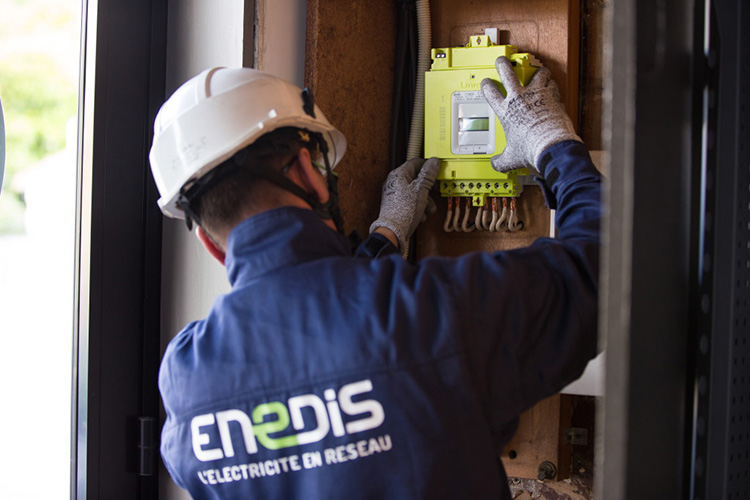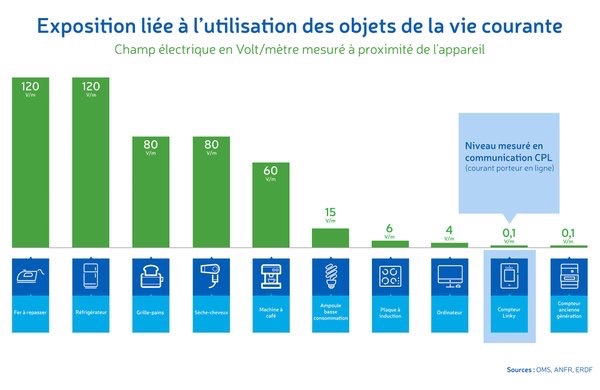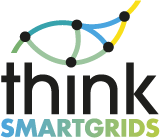On 1st December 2015, Enedis rolled out the first Linky meters in France. Over 3 million Linky meters will be installed during 2016. The installations will continue until 2021 with the aim of equipping the 35 million French households. What is the situation almost a year after the installation of the first meters in France? Report on the deployment of the Linky meter.

An Enedis technician installs a Linky meter – Crédit photo : Enedis
State of play of the deployment
Since the start of deployment in homes across France, over 1.5 million meters have been installed, out of a target of 3 million in 2016. In an interview with the newspaper Le Parisien, Bernard Lassus, Director of the Linky program at Enedis, said: “The deployment will accelerate in the coming years to move from a pace of 200,000 metered installed per month to 800,000, with a view to equipping 35 millions of French households by the end of the year 2021 “. In addition to this roll-out, Enedis will need to install more than 600,000 concentrators for the recovery of consumption data. A committee monitoring the deployment of the communicating meter, set up in December 2014 at the request of the Minister of the Environment, Ségolène Royal, will share and monitor the long-term issues related to deployment with all stakeholders.
Installation of the meter and customer satisfaction
In order to proceed with the deployment of the Linky meter, Enedis will contact its users by mail 30 to 45 days in advance. The installations of the meter is completely free and takes about thirty minutes. According to an opinion poll conducted by the Linky meter monitoring committee, only 0.7% of people with the new meter made a complaint to Enedis. This shows a very high satisfaction rate from users. On May 13, Enedis told renewable energy stakeholders that the Linky communicating meter will be compatible with the self-consumption of electricity from January 2017.
Health impact
In February, the National Laboratory of Metrology and Testing (Laboratoire National de Métrologie et d’Essais – LNE) measured the electromagnetic radiation meter. The results of the study showed that the electromagnetic radiation emitted by the Linky meter is below European norms. The World Health Organization (WHO) and the National Frequency Agency (ANFR) have also examined the issue and have established that the electromagnetic fields emitted by the Linky meter were between 40 and 1,200 times lower than those emitted by the various objects present in a home such as televisions, coffee machines, refrigerators or irons (see diagram below).

A further study commissioned by the public authorities and conducted by the National Health Security Agency (ANSES) to measure the effects of the Linky meter on health is also underway. Its conclusions should be known, following a public consultation that ends in September 30, 2016.
Protection des données
From the earliest stages of its design, the National Commission for Computing and Liberties (Commission Nationale de l’Informatique et des Libertés – CNIL) closely monitored the deployment of the Linky meter to guarantee the protection of individual freedoms. Any consumer thus has the right to transmit or not this information to the electricity distributor. It may also, if it wishes, transfer this data to a third party to obtain advice on appropriate energy offers. In any case the prior consent of the customer is a prerequisite for any data sharing operation. Enedis also recalled that if the Linky meter makes it possible to obtain the overall consumption of a household, it does not know the individual consumption of each device connected to the electrical installation. Access to retail consumption per device requires the purchase of other equipment, commonly known as “energy boxes”.
ITEMS International pour Think Smartgrids



